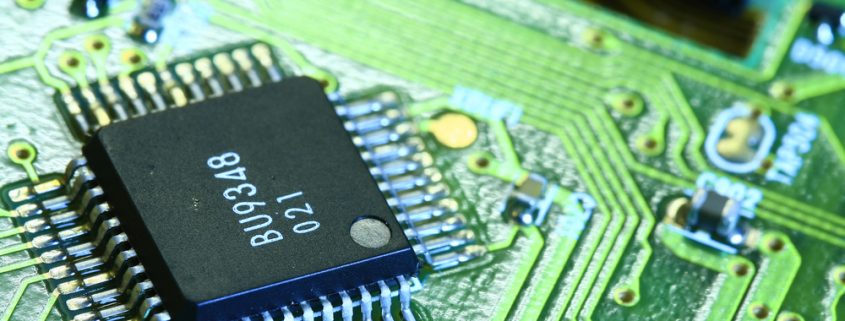5 Things You Need to Know About a Time of Flight ASIC
If you’re in the industrial sector, you’ve probably heard of a time of flight ASIC, which is used in a variety of applications. Here, we take a closer look at the definition of time of flight and the five things you need to know about a time of flight ASIC:
First, what is Time of Flight?
Time of flight is the property of a particle, object or another wave. The time-of-flight principle is used in the measurement of the distance between a sensor and an object. This is based on the time difference between a signal’s emission and its return to the sensor after it is reflected by an object. The time of flight principle uses different types of signals, the most common of which are sound and light.
Five Things you need to know about a Time of Flight ASIC
- A time of flight ASIC is commonly found in a ToF camera, which is a range imaging system that is used to resolve distance based on a known speed of light. It measures the time of flight that a light signal travels between the camera and a subject at each point of the image.
- Time of flight cameras containing a time of flight ASIC covers ranges starting from a few centimeters up to several kilometers and has lower spatial resolution compared to 2d cameras. These products have been used since 2000 and have since evolved together with the improvement of semiconductor processes. ToF cameras offer up to 160 images per second, which is a lot faster than other 3D capturing images.
- A time of flight camera consists of an image sensor, which measures the time it takes for light to travel from the illumination unit, the optics that gathers the light and projects it into the image sensor, the illumination unit that provides illumination to the scene, the driver electronics, and the computation or interface.
- Time of flight circuitry is used for different applications including the areas of 3D imaging and LIDAR. These types of time of flight ASIC typically includes a detecting and driving sensor that is usually in the form of an infrared detector diode. The signal this device release is typically very fast, which also requires high-speed processes.
- Over the years, several devices were developed for the time of flight cameras. Range gated imagers, for instance, have a built-in shutter that opens and closes the same time as light pulses are sent out. Direct time of flight imagers, on the other hand, are also known as trigger mode where 3D images produced complete both temporal and spatial data.
Looking Forward
There is definitely so much to learn about the world of time of flight ASICs and other types of Application-Specific Integrated Circuits that continue to revolutionize the semiconductor industry.
As more and more technological developments are being made, we can only look forward to better processes that produce excellent results in different industrial applications, especially those that are created to help make production faster and more efficient.
Linear MicroSystems, Inc. is proud to offer its services worldwide as well as the surrounding areas and cities around our Headquarters in Irvine, CA: Mission Viejo, Laguna Niguel, Huntington Beach, Santa Ana, Fountain Valley, Anaheim, Orange County, Fullerton, and Los Angeles.





